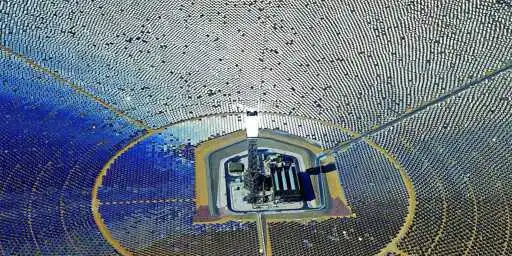Political Dimensions of Solarpunk...Ten Years Later
Political Dimensions of Solarpunk...Ten Years Later

Political Dimensions of Solarpunk...Ten Years Later

It’s been about 10 years since I first heard the word “solarpunk.” It came to me via Facebook feed, in the form of a link to Adam Flynn’s “Solarpunk: Notes Toward a Manifesto.” As a lapsed writer of SFF and one-time poli-sci major, this was a pretty irresistible title for me. So I clicked.
The piece still holds up (I’ve assigned it a couple times). It’s a brief and elegant medley of imagery, references, and sloganeering. It had stuff to say about pop culture, and politics, and the looming climate crisis. For me, the most exciting part was that it implied a science fiction that wasn’t ‘space manifest destiny’ (which I could tell wasn’t happening) or 'cyberpunk singularity’ (which I’d soured on living in the shadow of Silicon Valley) or ‘dystopia/apocalypse’ (which was oversaturated in the post-Hunger Games/Walking Dead media landscape of the teens). And that science fiction had a catchy name that seemed to open up bright vistas of previously clouded possibility.
I was living in the Bay Area at the time and realized that actually I kinda knew Adam. We had met a friend’s birthday escape room night in SF Japantown. So I sent him a message, and we got a beer and talked solarpunk, and pretty soon I started thinking about what I had to say on the topic.
The result was a longread-style essay on Medium titled “On the Political Dimensions of Solarpunk." Now, a decade later, this is one of the pieces of writing I’m most known for. It’s been read tens of thousands of times, cited in at least a dozen graduate theses, and translated into several languages. Here at around the 10 year mark of my involvement in solarpunk, I want to look back on this piece, talk about how it’s held up, how solarpunk has evolved, and what might be next.